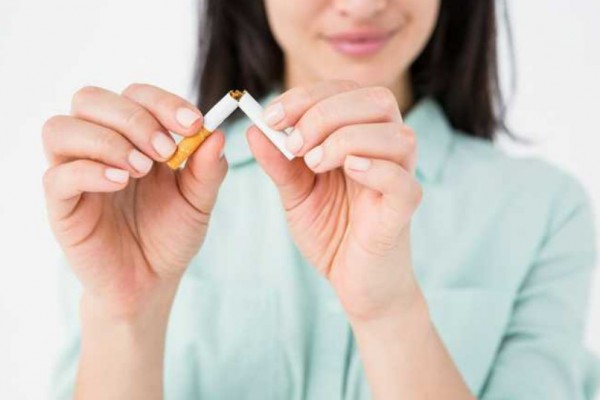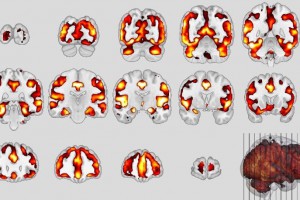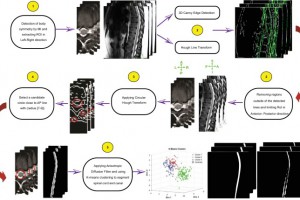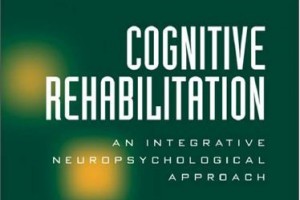New Brain Stimulation Treatments Help Smokers Quit
A new systematic review published by the scientific journal Addiction has found that non-invasive brain stimulation (NIBS) may improve smoking abstinence rates 3 to 6 months after quitting, compared with sham brain stimulation.
A new systematic review published by the scientific journal Addiction has found that non-invasive brain stimulation (NIBS) may improve smoking abstinence rates 3 to 6 months after quitting, compared with sham brain stimulation.
In recent years, NIBS has emerged as a new therapeutic option for alcohol use disorder and other substance-related and addictive disorders. NIBS methods have showed promising results for the treatment of tobacco use disorder, but little is known about the effectiveness of NIBS on long-term abstinence.
A team of researchers from the University Hospital of Dijon, in France, conducted a systematic review and meta-analysis to assess the effectiveness of NIBS for long-term smoking cessation. Seven studies were included, yielding 699 patients in total. In all included studies, the control groups received sham NIBS.
By pooling the 7 included studies, the risk ratio of sustained abstinence of any form of NIBS relative to sham NIBS was 2.39, meaning smokers who received NIBS had a 2.39 times higher likelihood of long-term smoking abstinence than smokers who received sham NIBS.





Related Posts